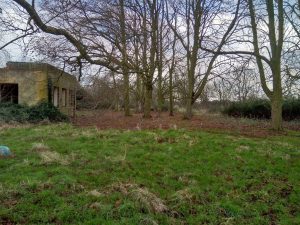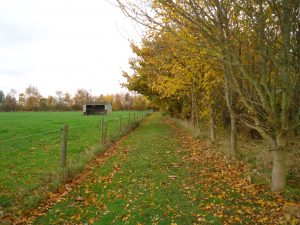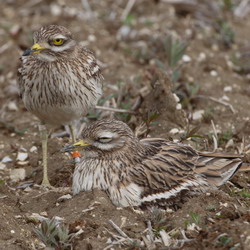The Phase 1 habitat survey. To those in the industry this is a well known term; to those outside our little world this can be another piece of mysterious jargon. So here is my guide to a ‘Phase 1 habitat survey’.
A Phase 1 habitat survey is designed to map an area under consideration based on the habitats present. As ecological consultants we use it as tool to inform on the need for further survey; as a baseline to record an area’s current state; or to help in the impact assessment of a development.
In a Phase 1 habitat survey, habitats are assigned a type in accordance with guidance set down by the Joint Nature Conservation Committee (JNCC); primarily this refers to the landscape structure and vegetation present. With standardised habitat definitions and map colour schemes, areas can be compared at a national level. As well as large habitat areas, boundary features are also assessed and classified. Hedges and ditches can also be important habitats. The output from a Phase 1 habitat survey is often a colourful map, with additional “target notes” to provide further information on any points of interest and habitats too small to map.
Whilst a Phase 1 habitat survey is exceedingly useful, an extended Phase 1 habitat survey is often preferred. This provides further information on a site, above that specified by JNCC, and allows the survey results to be of use in the context required, for example the assessment of a proposed development. An extended survey might include more detailed information on hedgerows, a botanical species list, and a further appraisal of the areas as habitat for legally protected species. As the major component of any Phase 1 habitat survey is the time taken walking the site the extended survey information can generally be obtained with minimal additional effort on the part of a competent surveyor.
A Phase 1 habitat survey is generally the first survey undertaken at a site and is often akin to a site assessment. By determining what habitats are present on a site the ecologist can say what, if any, protected species might be supported there. They can then assess the need for any further targeted surveys. Common protected species surveys in lowland habitats are for badgers, bats, breeding birds, great crested newts, otter, reptiles and water vole. However, it is exceptional that all these surveys would be required on a small site. Although protected species surveys are generally the second phase of ecological assessment of a site, in the jargon a Phase 2 survey specifically would refer to further botanical work on a site. This is generally in the form of a more detailed vegetation survey called ‘National Vegetation Classification’ (NVC). For the majority of lowland development work this level of vegetation survey is not necessary.
Ideally a Phase 1 habitat survey would be the first survey undertaken, this is inevitably not always the case. A Phase 1 habitat survey is best conducted between April and October when deciduous and annual plant species are identifiable. Dependent on a site we can often undertake an initial assessment to get a project underway. For many small development sites a Phase 1 habitat survey may not be appropriate as it takes a landscape approach. However, the same skills can be applied to assess the habitat quality of a site on a small scale.
As an ecologist the Phase 1 habitat survey is one of my favourites. By its very nature the most interesting habitats on a site must be inspected, and as these surveys often take us off roads and footpaths it provides the opportunity to be inquisitive and see the flora and fauna in areas that would normally be off limits. This off-piste kind of activity does also come with its disadvantages. As the newest addition to a field the local livestock normally find you fascinating. Then of course there may not be the handy gates and styles a footpath has to offer. Deep ditches, dense hedges and barbed-wire fences all provide their own challenges and impenetrable barriers normally show up just when it’s least convenient. Finally with thousands of plant species in the UK aspects of this survey are by no means easy. Plants may stay still, but they can hugely variable in size and form depending on the surrounding conditions. Still give me an interesting site any day, I like a challenge.
A Phase 1 habitat survey can often be a considerable walk in the countryside, so let’s face it as long as it’s not pouring with rain that is always better than a day in the office!
Susie

Susannah Dickinson
Susie has always liked plants (although maybe not grasses). She cut her teeth as a Phase 1 habitat surveyor working on surveys for a 45km cable route across Norfolk, and spent the last year attempting to do as many of WFE’s extended Phase 1 habitat surveys as possible. The highlight was a floriferous green lane in Northamptonshire. Susie has a rapidly expanding knowledge of arable weeds, and aspires to have as good a botanical knowledge as Rob!
For more information see:
Joint Nature Conservation Committee (2010) Handbook for Phase 1 habitat survey: A technique for environmental audit.






